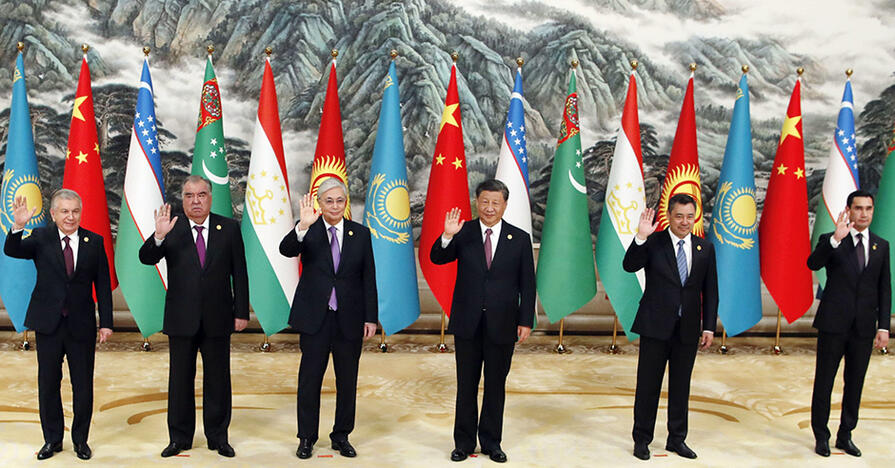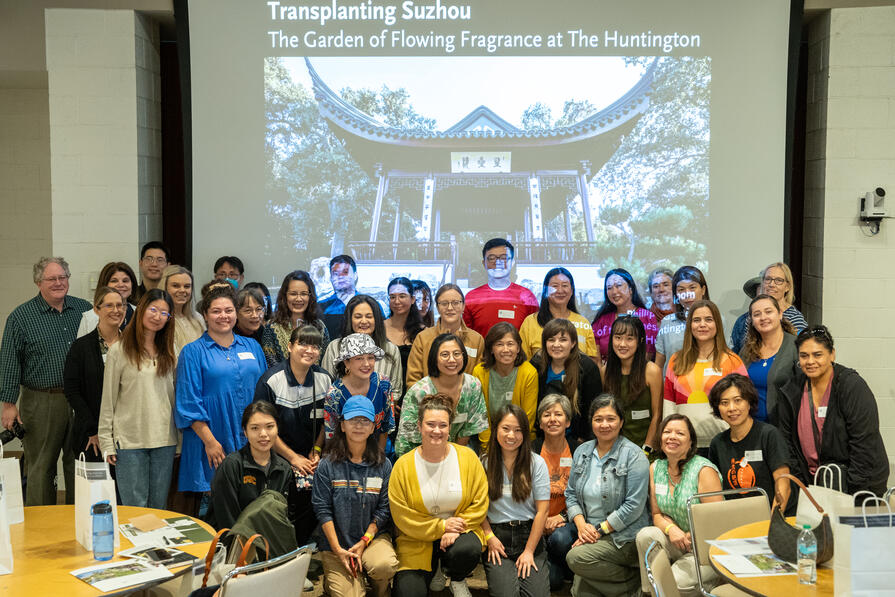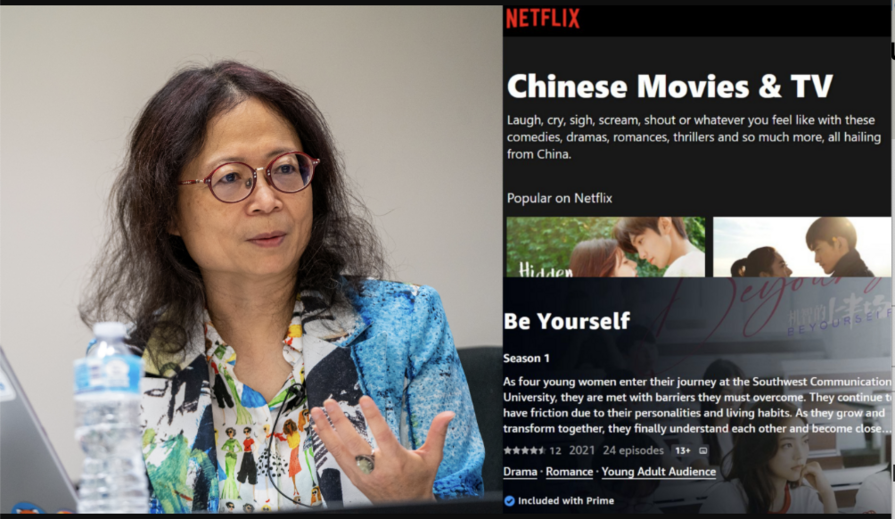Two-way trade between China and five Central Asian nations has grown. The countries meet regularly as members of the Shanghai Cooperation Organization (SCO) to discuss security and economic concerns. When there was unrest in Kazakhstan in January 2022, however, the state brought in Russian forces to help restore control.
China’s attention to Central Asia hasn’t lapsed. Xi Jinping’s first trip abroad since the start of the covid-19 pandemic was to the SCO summit in Uzbekistan last September. In May, China hosted the leaders of Kazakhstan, Kyrgyzstan, Tajikistan, Turkmenistan and Uzbekistan at what it called the inaugural China-Central Asia Summit. They gathered in Xi’an, where Xi called highways and pipelines linking the region to China “the present-day Silk Road.”
The total population of the five countries is about 80 million, but the region is enormous and holds significant mineral resources. The need for fossil fuels to power its economic rise encouraged China to join Western firms in seeking opportunities in the newly independent former Soviet republics. In 1997, one of China’s state oil companies bought a controlling stake in Kazakhstan’s Aktobe Munai Gas. Other investments have followed, including in the China-Central Asia Gas Pipeline which started bringing natural gas from Turkmenistan across Uzbekistan and Kazakhstan into China in 2009. The most recent investment, for a new petrochemical complex in Kazakhstan was announced on the sidelines of the Xi’an summit. China's total investment in the five countries now exceeds US$70 billion. China is also hoping to be able to complete another gas pipeline from Turkmenistan, even though it pays a third more for that natural gas than it does for Russian natural gas.
But China gets more than energy from Central Asia. As the map below illustrates, the value of copper, gold and cotton exceeded energy exports for four of the five nations in 2021. That year, China supplied from 15% (Turkmenistan) to 54% (Kyrgyzstan) of each nation’s total imports. Two-way trade between China and the five nations reached $46 billion in 2021, though some may have escaped counting at the border.
Xi Jinping formally announced China’s Belt and Road Initiative (BRI), its signature foreign policy effort, in Kazakhstan in 2013. The BRI sought initially to bind China more tightly to its neighbors, but it now claims projects in Europe, Africa and Latin America. During the Soviet era, Central Asia's leaders were educated in Russia and fluent in Russian. China's sought to make China a preferred destination for higher education and to promote the study of Mandarin. Offering college scholarships and encouraging cultural exchanges, China's hoping to strengthen ties and to promote a positive outlook towards China. The chart below shows that Russia is still the top foreign destination for the region's students. The historical and cultural ties with Turkey makes it a popular destination as well.

 Kazakhstan's Kassym-Jomart Tokayev, president since 2019, speaks Chinese. He was trained Moscow as a diplomat during the Soviet era, but also spent a year learning Chinese at the Beijing Language Institute. He was posted to the Soviet Embassy in China for several years prior to the fall of the Soviet Union. The first Confucius Institute in the region was established at Al-Farabi Kazakh National University in Almaty, Kazakhstan in 2002. As in other places, however, China's economic inroads worry some in Kazakhstan and other Central Asian nations. China's aware of this ambivalence and is seeking to increase local staffing and management of projects in the region. In early 2022, Pres. Tokayev spoke of smuggling and other problems at the border. (Photo: Tokayev-Xi, Xi'an, May 2023, Kazakhstan Ministry of Foreign Affairs)
Kazakhstan's Kassym-Jomart Tokayev, president since 2019, speaks Chinese. He was trained Moscow as a diplomat during the Soviet era, but also spent a year learning Chinese at the Beijing Language Institute. He was posted to the Soviet Embassy in China for several years prior to the fall of the Soviet Union. The first Confucius Institute in the region was established at Al-Farabi Kazakh National University in Almaty, Kazakhstan in 2002. As in other places, however, China's economic inroads worry some in Kazakhstan and other Central Asian nations. China's aware of this ambivalence and is seeking to increase local staffing and management of projects in the region. In early 2022, Pres. Tokayev spoke of smuggling and other problems at the border. (Photo: Tokayev-Xi, Xi'an, May 2023, Kazakhstan Ministry of Foreign Affairs)
China, of course, wants close and secure ties with its Central Asian nations. They came together in 2002 as the Shanghai Cooperation Organization to bolster internal security. The ruling elites pledged to support each other and the Central Asian nations have been publicly silent on Beijing's tightening of control in Xinjiang, despite ethnic Kazakhs and others being arbitrarily detained along with Uyghurs.
Nuclear Power and China's energy needs

China's expanding energy portfolio was evident during the 2022 Beijing Olympics, where all venues used green energy and carbon offsetting. Despite being a renewable energy superpower, China's increasing energy demand has meant it remains heavily reliant on coal. To complement its green transition, China is making a big bet on nuclear energy, planning to build 150 new reactors in 15 years. The government sees nuclear as a reliable energy source, providing security and a substitute for coal. China's ambitions extend beyond its borders, aiming to export nuclear technology to other countries through initiatives like the Belt and Road. However, skepticism and geopolitical challenges may hinder its global nuclear expansion. Check out Jacob Rose’s US-China Today article to learn more. US-China Today is our student-driven magazine.
Image courtesy of Creative Commons
Click here to subscribe to the USCI newsletter. It includes information about upcoming events, professional development opportunities, and quick looks at important issues in U.S.-China relations and trends in contemporary China.





